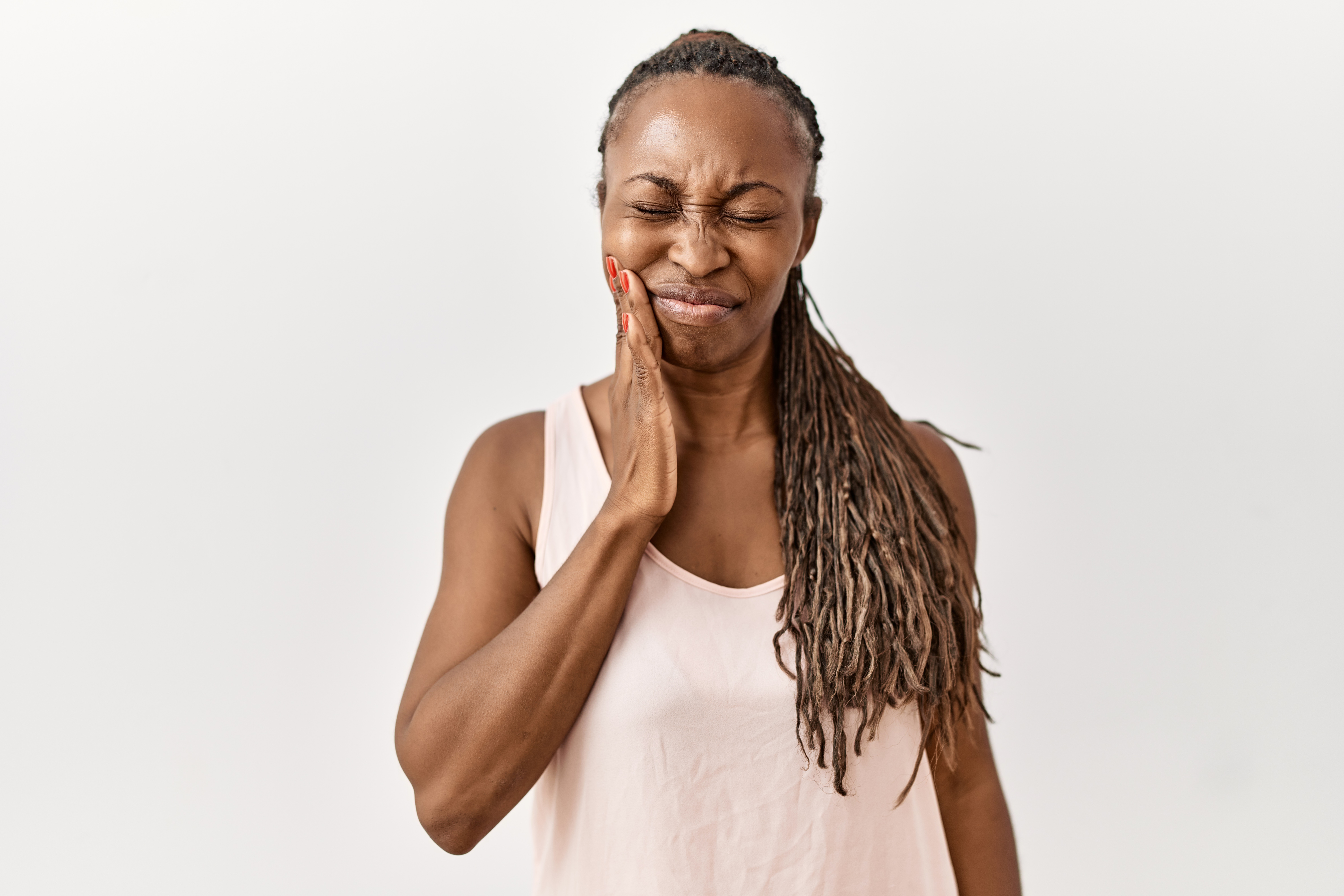Have you noticed your teeth shifting lately? Maybe it’s new gaps opening up, or more crookedness than before — either way, it can feel alarming and confusing if no other changes have occurred in your life. It might even raise questions about whether braces are necessary to resolve these issues.
Thankfully, there could be several explanations for why your teeth appear to be moving around on their own. Today, we’ll discuss some of the most common causes of misaligned teeth so that you have a better understanding of what’s going on with your smile.
An Underlying Health Condition
One of the most common reasons that teeth can shift without braces is due to an underlying health issue. Conditions like gum disease, tooth decay, and periodontitis can all cause your teeth to become loose and eventually shift out of place.
If you suspect that you may have one of these conditions, it is important to see a dentist as soon as possible for treatment. After the condition has been treated, your dentist may also recommend that you visit an orthodontist to straighten the teeth so that no particles or plaque accumulate in the tight crevices formed by crooked or crowded teeth.
Clenching or Grinding Your Teeth
Grinding or clenching your teeth, also known as bruxism, is an unconscious habit that many people struggle with, and it can have a range of negative effects on your oral health. Grinding or clenching the teeth places an overabundance of force on dental enamel, which can cause it to chip away over time.
Bruxism can create small gaps in the teeth and weaken them, making them more susceptible to shifting when impacted by external forces such as regular eating and drinking habits. Eventually, these small gaps between teeth can enlarge, leading to more dramatic misalignments and crooked smiles.
While braces may provide some temporary relief for already misaligned teeth, preventing the onset of misalignment in the first place should become a priority if you are grinding or clenching your teeth. Some individuals who are experiencing pain or discomfort in the morning after grinding their teeth at night can benefit from wearing a mouthguard to protect the enamel and lessen the impact on the enamel.
Poor Oral Hygiene Habits
Poor oral hygiene habits can have serious, long-term implications for the alignment of the teeth. Specifically, if not taken care of, poor oral hygiene can lead to a shift in the position of the teeth – increasing overcrowding, widening gaps between neighboring teeth, or even leading to a misaligned bite pattern.
This can happen as a result of inadequate removal of food particles and plaque buildup around the teeth. When this plaque accumulates over time without correct brushing and flossing habits, it hardens and forms what is commonly referred to as calculus or tartar.
As more plaque collects, more pressure is created around the gums, which causes them to start pulling away from the teeth. This creates pockets in which bacteria can hide – further exacerbating gum disease (periodontitis).
Ultimately these pockets weaken the bond between teeth and gum tissue and can cause shifting along the jawbone line. Practicing good oral hygiene habits by regular brushing, flossing, and regular visits to the dentist are key to ensuring your smile stays healthy!
Eating Too Much Sugar
Any doctor that specializes in oral health will warn against the dangers that sugar can pose to human teeth. Excessive sugar consumption can lead to tooth decay, gum disease, and potential tooth loss if untreated. These conditions can also result in shifting teeth.
On days where you eat a high amount of sugar, spend a little extra time brushing your teeth and flossing. Your mouth will thank you!
An Overbite or Underbite
If you have an overbite or underbite, this can also cause your teeth to shift out of place over time. An overbite develops when the upper teeth protrude too far forward, while an underbite occurs when the lower teeth protrude too far forward.
Both of these conditions can put extra strain on the teeth and eventually cause them to shift out of alignment. The bites caused by them can also feel uncomfortable as your mouth grows. Thankfully, both types of bite misalignments can also be treated effectively with braces.
In preparation for braces, your orthodontist will take x-rays of your teeth and jaw to examine the overbite or underbite more closely. This information aids them in developing a more effective treatment plan to align the upper and lower jaw so that you can enjoy a healthier, more comfortable biting motion.
Not Wearing Your Retainer
After braces are removed, most orthodontic patients need to wear a retainer for a period of time to prevent the teeth from shifting back to their original misaligned state. Wearing a retainer consistently can prevent this type of shifting from happening.
Keeping up with wearing a retainer, especially for young patients and their parents, can feel like a daunting chore at times. However, the consistency will pay off. Depending on your specific treatment plan, the average amount of time that you need to spend wearing a retainer all day, every day spans from 4 to 12 months after braces.
We also recommend that you speak to your orthodontist about wearing a retainer after the original timeline is finished. They may recommend an option that only needs to be worn at night to further help prevent shifting.
Align Your Smile with Johnson City’s Top Orthodontist
Are you looking to realign your teeth and prevent further shifting? If so, consider visiting an orthodontist for treatment.
At Local Orthodontics, we pride ourselves on providing highly specialized treatment plans to residents of Johnson City, TN and the surrounding communities. We strive to treat each patient as an individual and create an individual solution that is unique to your needs.
To learn more, schedule an appointment with us today.








